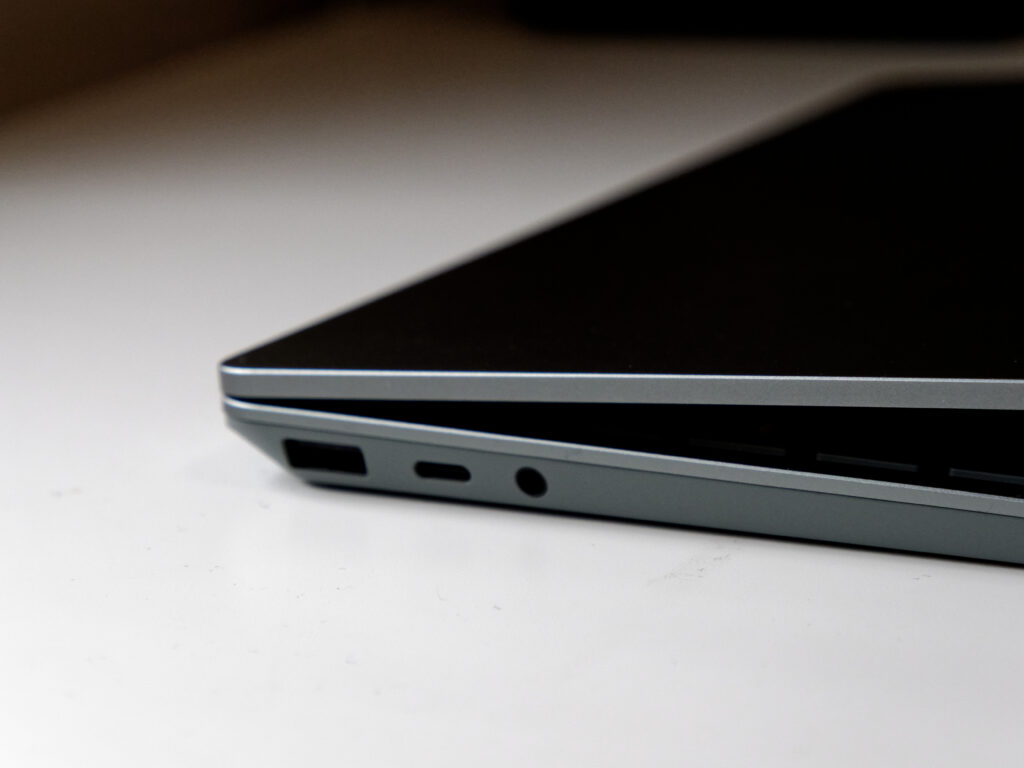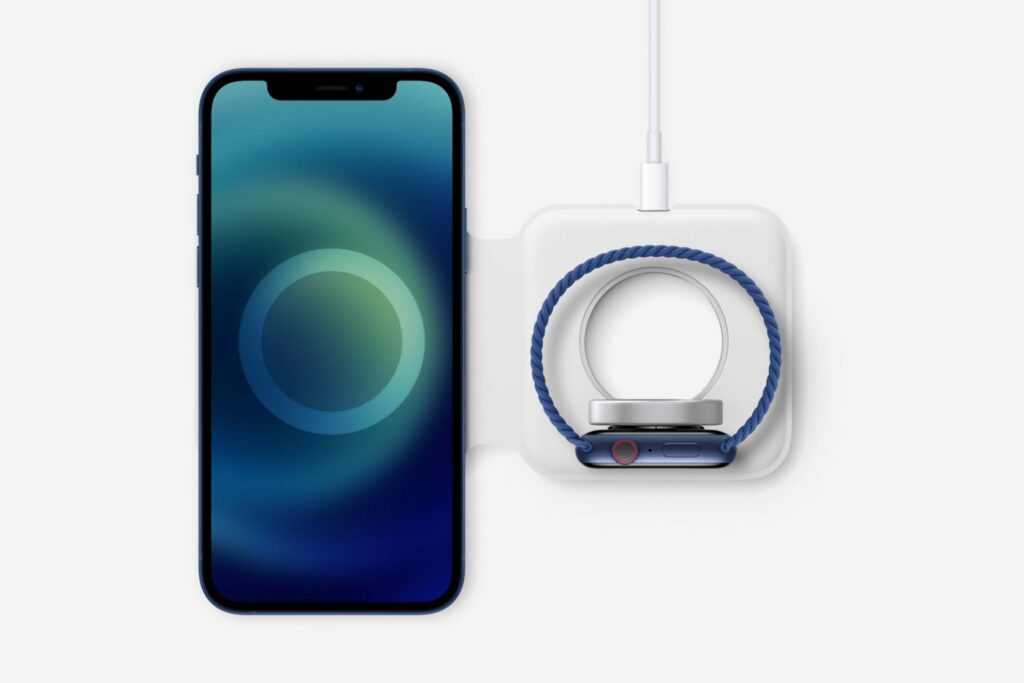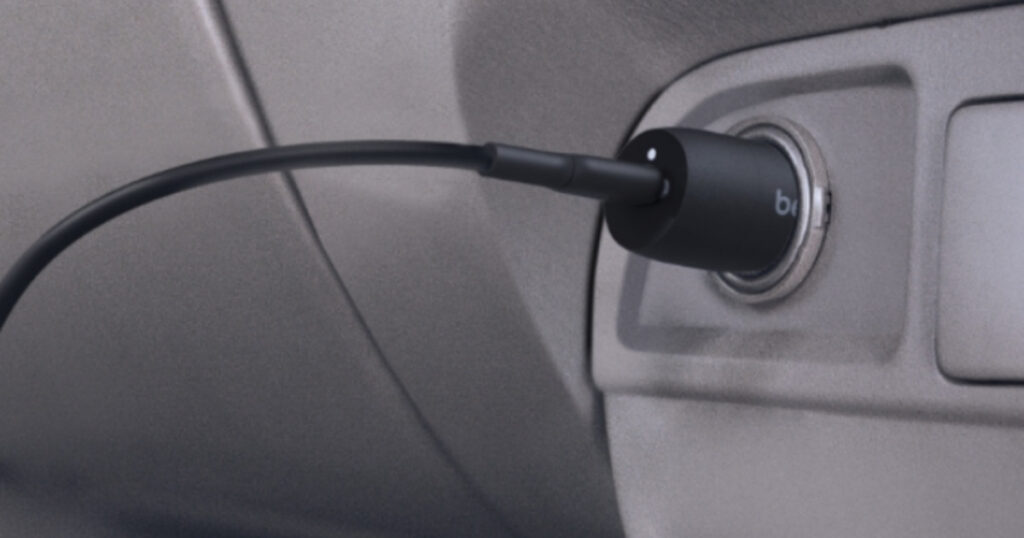Using the ’net is a mostly user-friendly affair these days, but a bit of knowledge about DNS can help make it even better.
What are DNS settings (and how to change them)?
Getting online is, thankfully, a mostly plug-and-play affair these days. Even if initial setup has hurdles, once you’re up and running on an best NBN plans or a mobile broadband plan, you don’t really have to tinker to get the most out of the internet. But if you want to upgrade from “most” to “more”, you may want to familiarise yourself with DNS.
What is DNS?
DNS is short for ‘Domain Name System’. While an unglamorous name, its meaning is effectively the equivalent of a phonebook spliced with a translation service. When internet-connected devices communicate, they do so with their Internet Protocol (IP) addresses, which are tricky-to-recall four groupings of numbers separated by full stops.
While you can use an IP address to, say, visit your favourite website, it’s much easier to remember letters and words, which is where DNS comes in. DNS translates those digits to words, so all you have to remember is Reviews.org instead of an elongated string of numbers.
A DNS lookup is part of the digits-to-words translation. When you visit a website by typing a URL into the address bar, the words are sent to a DNS server, which then returns the corresponding digits associated with the DNS record. You don’t get to see any of that and, ideally, it happens in fractions of a second.
How do I change my DNS settings?
By default, DNS settings are automatically supplied by your internet provider, but you can manually change them. How you change them depends on the device, but there are some general truisms to follow.
The first is that you’ll want to dig into the advanced network settings of your device. DNS tends to be hidden because manually overriding DNS settings with incorrect numbers will render your internet connection unusable. For example, on Windows 11, you have to right-click on the Wi-Fi signal fan or Ethernet symbol in the taskbar (just left of the date and time), then click on ‘Network and Internet’ settings.
For a Wi-Fi connection, click on ‘Wi-Fi’, then ‘Hardware properties’. On the next screen, select ‘Edit’ next to ‘DNS Server assignments’, change the drop-down option to ‘Manual’, then toggle on IPv4 (most likely) or IPv6 (less likely). Now enter your ‘Preferred DNS’ numbers and ‘Alternative DNS’ digits, then click ‘Save’ to apply. As you can see, that’s a convoluted process, but you may still want to consider updating your DNS.
Practical options for updating your DNS settings
You don’t have to update your DNS server settings, but if you want to tap into faster and potentially more secure browsing—or stop your internet provider from logging your browsing history—they’re worth updating. Note that changing your DNS server settings may also bypass websites that are blocked at a provider or regional level.
The two most popular DNS server settings that are worth considering are the Google DNS and the Cloudflare DNS. Here’s their respective primary and alternative DNS server digits:
- Google primary DNS server: 8.8.8.8
- Google alternative DNS server: 8.8.4.4
- Cloudflare primary DNS server: 1.1.1.1
- Cloudflare alternative DNS server: 1.0.0.1
Both DNS servers are great alternatives to whatever your provider uses, plus updating DNS server settings can lead to faster overall internet, especially if your provider is experiencing a lot of internet traffic (most likely at night). Generally speaking, the Google DNS servers are great for people who favour speed above all else, but Cloudflare is a solid pick for people who favour privacy (it’s still fast in our tests). Try out both to see which one works best for you.
If the prospect of manually updating DNS server settings on all of your devices sounds painful, there is another way. For those who don’t mind tinkering in router or modem-router settings, it’s possible to update DNS server settings at a network level. Where the DNS server settings are located will vary between routers, but look for internet setup options.
Once the DNS server settings are updated, any device that connects to your router (via Wi-Fi or Ethernet) will use the router’s DNS server settings, which saves you the hassle of applying changes to individual devices.
Fixing common DNS issues
There are a few key DNS issues that crop up from time to time but, thankfully, they have relatively straightforward fixes.
DNS leak test
This is more of a concern for virtual private network (VPN) users, but you really don’t want your provider DNS server settings to show up in a DNS leak test if you want to protect your online anonymity. Using Google or Cloudflare DNS settings should also effectively mask your provider’s automatic DNS settings.
To test this, use a site like DNS Leak Test to see what your DNS result is. Then either punch in manual DNS server settings or connect to a VPN and run the test again. The DNS result should be different to the original test, showing that either the manual DNS server settings or the VPN service you’re using are doing a good job of not leaking your provider DNS details.
DNS server not responding
This DNS issue may come up as “DNS server isn’t responding” or “DNS server not responding”. Whatever the phrasing, this DNS error can indicate a browser problem, device issue or internet outage. Try visiting another website, and if you get the same error, try those same sites from another device on the same network.
If you get the same issue on both devices, your internet may be down. Restart your networking equipment and try again. If the issue persists, contact your internet provider. It’s the same thing if you isolate the device: restart the device to see if the issue is fixed. You may also need to update your web browser if it’s happening on a specific device.
Alternatively, try either manually updating your DNS server settings or reverting to automatic selection.
This network is blocking encrypted DNS traffic
If you’re seeing this DNS issue, you’re likely on a Mac or iOS device. This error is related to encrypted DNS which, in fairness, is a positive for preserving online anonymity. It’s only an issue if it blocks connectivity, so if you see the error message but can still use the internet, there’s nothing to fix.
If the internet isn’t working, fix it by restarting your device, then selecting ‘Forget this network’. Now reconnect. If that doesn’t work and you’re on your home network, restart your router or modem-router. Also ensure the firmware is up to date on your router or modem-router.
Related Articles




